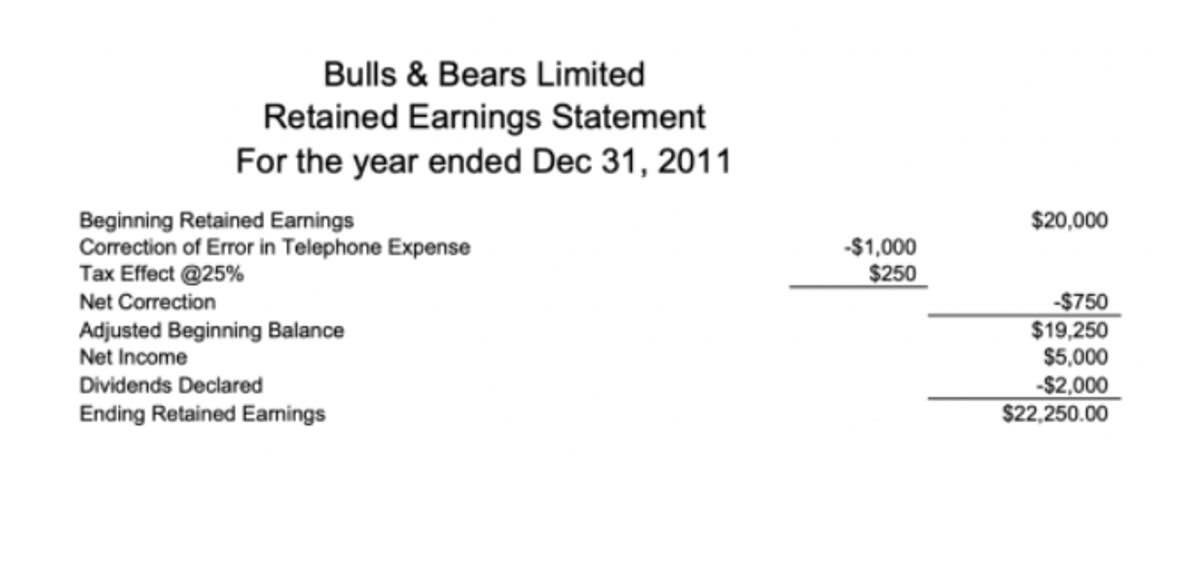
Retail businesses juggle numerous transactions daily, making record-keeping a potential challenge. Managing a vast amount of data on expenses, income, and inventory can be overwhelming. Traditional methods, such as manual record-keeping or hiring an accountant, can be susceptible to human retail accounting vs cost accounting error. Retail bookkeeping, on the other hand, is the day-to-day process of recording these financial transactions. This can involve tasks like processing sales receipts, managing accounts payable and receivable, and generating financial reports. By automating it with cost accounting software, you can save time and money.

FIFO (First-In, First-Out) Method

This step is usually performed monthly and helps to reconcile your records with the actual balance on your business accounts. During reconciliation, if any discrepancies, errors, or unauthorized expenses are found, you should make the appropriate adjustments and mark them in your general ledger. For example, if a grocery store consistently marks up items by 50% of the wholesale price, this method is effective. However, if the markup percentage varies greatly, such as 10%, 25% or 40%, then it’s more difficult to use the retail method accurately. The weighted average method for valuing inventory is often used for items like hardware supplies, where individual items have different purchase prices but are hard to track separately.

Gross Profit & Retail Inventory Methods in Accounting
When deciding between retail and cost accounting, think about what fits your business best. Consider how each method will work with your inventory and financial plans. Using the right accounting practices, including outsourced bookkeeping and accounting, helps your business stay financially healthy and makes smart decisions for growth and profits.

Manual vs automated tracking inventory methods
- FIFO stands for “first in, first out” and, according to The Balance, means that the first items to be put in your inventory are also the first to be sold.
- In simple terms, retail accounting involves calculating the cost of inventory in relation to its selling price.
- Wages can include salaries, hourly rates, overtime, bonuses and employee benefits.
- If you sell online using PayPal, Stripe, or Square, you might not need a separate POS.
- We research and recommend products and services suitable for various business types, investing thousands of hours each year in this process.
The periodic method of tracking your inventory can be less convenient and more labor-intensive, but it might be preferable if your company can’t afford a fully capable POS system. This inventory-tracking method requires you to manually count and track inventory periodically, such as weekly or monthly. A major drawback of this method is that, because you don’t have a POS system automatically tracking your sales, you don’t have an easy way to determine what items were sold, stolen or broken. You should do a manual inventory count at least once a year to keep your records in order, though it may be wise to count monthly and adjust your records accordingly. In this case, it would end up being $4.75 divided by 70 dice, or approximately 7 cents per die.
- Retail accounting is an inventory valuation method that allows you to estimate your inventory value assuming prices are the same across units.
- Manufacturing companies typically use the original cost of materials to value inventory, as they do not sell directly to end customers and do not set the retail price of goods.
- This is when you determine the average cost of all your inventory items based on the items’ individual costs and the quantity of each item in your inventory.
- Take this number and subtract the sales total multiplied by the percentage, then subtract it from the cost of goods sold to get the ending inventory total.
- Managers appreciate cost accounting because it can be adapted, tinkered with, and implemented according to the changing needs of the business.
In their daily dashboard they are alerted to skus falling below performance expectations that were set when the product was purchased. With the click of the mouse they are able to proactively select styles that should be promoted as soon as possible to optimize recovery and preserve margin. On the dashboard they see the financial impact to your proposed actions before sending them for approval to their manager.
What makes retail accounting different from accounting in other industries? Learn the different methods you can use.

Retailers, such as department stores, use the retail method of accounting since merchandise financial planning, price management and vendor negotiations all use mark-up as a key metric. This method assumes that the Certified Public Accountant first items purchased are the first ones sold. It’s a simple approach that often reflects the actual flow of inventory in retail stores. FIFO can be beneficial for businesses that sell perishable goods or products with a short shelf life. Retail accounting is the specialized system used by retailers to track their financial activities.
